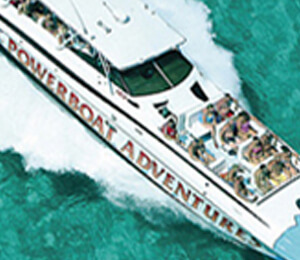The Lucayan Indians were an Arawak tribe originally from South America, thought to have lived in the Bahamas for some 800 years before the arrival of Columbus. This peaceful tribe is believed to have migrated from their original home on the northern coast of South America to the Greater Antilles and then later to the Bahamas to escape the savage warrior/cannibal Caribs. One of the indigenous peoples of the Caribbean, the Arawak people originally lived throughout the Caribbean islands, developing different cultures in different locales, with tribes including the Lokon, Lucayan, Carib, Ciboney and Taino.
Culture
Discoveries of pottery, tools and bones indicate that archipelago was settled as early as 300-400 AD, and these very first people, believed to have migrated from Cuba, were soon followed by the Lucayan Indians, a name meaning “Island People”. With its own language, religion, government, trade system and craft traditions, the Lucayans had a highly developed culture, though they had no form of written language, making archeological discoveries the main means of piecing together a picture of their society. Women did the bulk of the work, from tending the cassava patches to working around the home, while the men mainly hunted and fished. Noted for their politeness and hospitality, the Lucayans enjoyed welcoming friends and visitors in social gatherings involving feasting and drinking together, often imbibing an alcoholic beverage made from fermented cassava corn.
Columbus
It was the Lucayan natives who welcomed Christopher Columbus and his crew when they made landfall in the Bahamas in 1492 on the island now called San Salvador. They greeted the Spanish sailors warmly with gifts, and taught them the art of making hammocks from heavy cotton cloth, leaving a comfortable legacy to seafarers around the world. Unfortunately, the Lucayans’ peaceful offerings were not repaid in kind by the Spaniards, who easily conquered this technologically unsophisticated tribe and sold them as de facto slave labor working in the mines or diving for pearls in the other islands of New Spain. Enslaved and removed from their native land, many died of infectious disease, acute depression and suicide. Because there are few written records of the early Lucayan civilization, archeology is the primary tool for studying the Lucayans.
Lucayan Settlements
Archeological discoveries have revealed remnants of a culturally sophisticated people. Anthropologist Shaun Sullivan unearthed the remains of a ball court in the Middle Caicos area of the Bahamian archipelago in the mid-1970s, and this discovery led to more than twenty years of archeological excavations in the Turks and Caicos islands. Under the leadership of Dr. William Keegan, an expedition from the Florida Museum of Natural History uncovered a site on Grand Turk believed to be the earliest known settlement in the region. A fishing captain later discovered a submerged Lucayan canoe paddle in one of Grand Turk’s mangrove swamps, the only one of such paddles to be found in the islands since 1912. Visitors to Grand Turk can explore extensive exhibits of Lucayan culture in the Turks and Caicos National Museum.
Today, visitors can visit the Lucayan National Park and see how the Lucayans lived, while doing the Lucayan National Park Kayak Tour.
